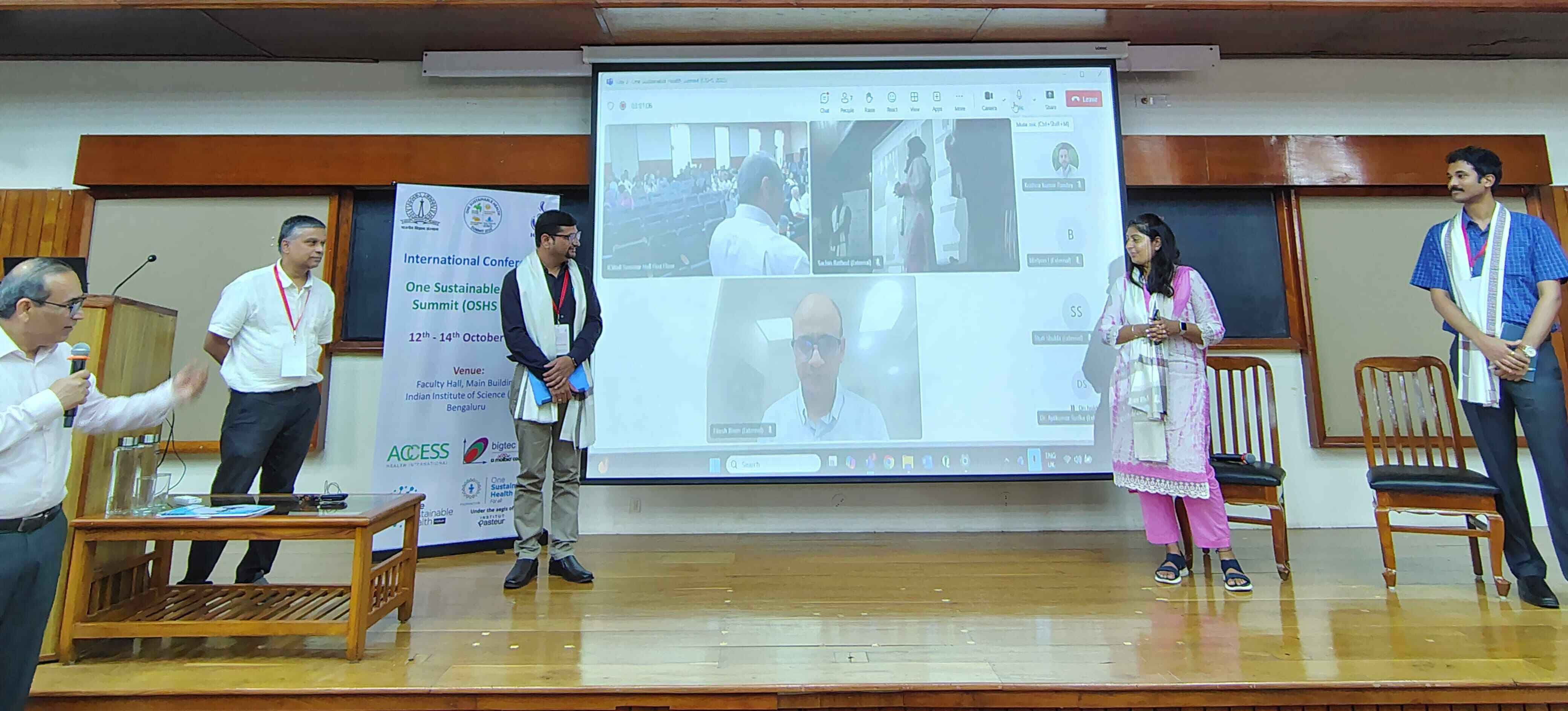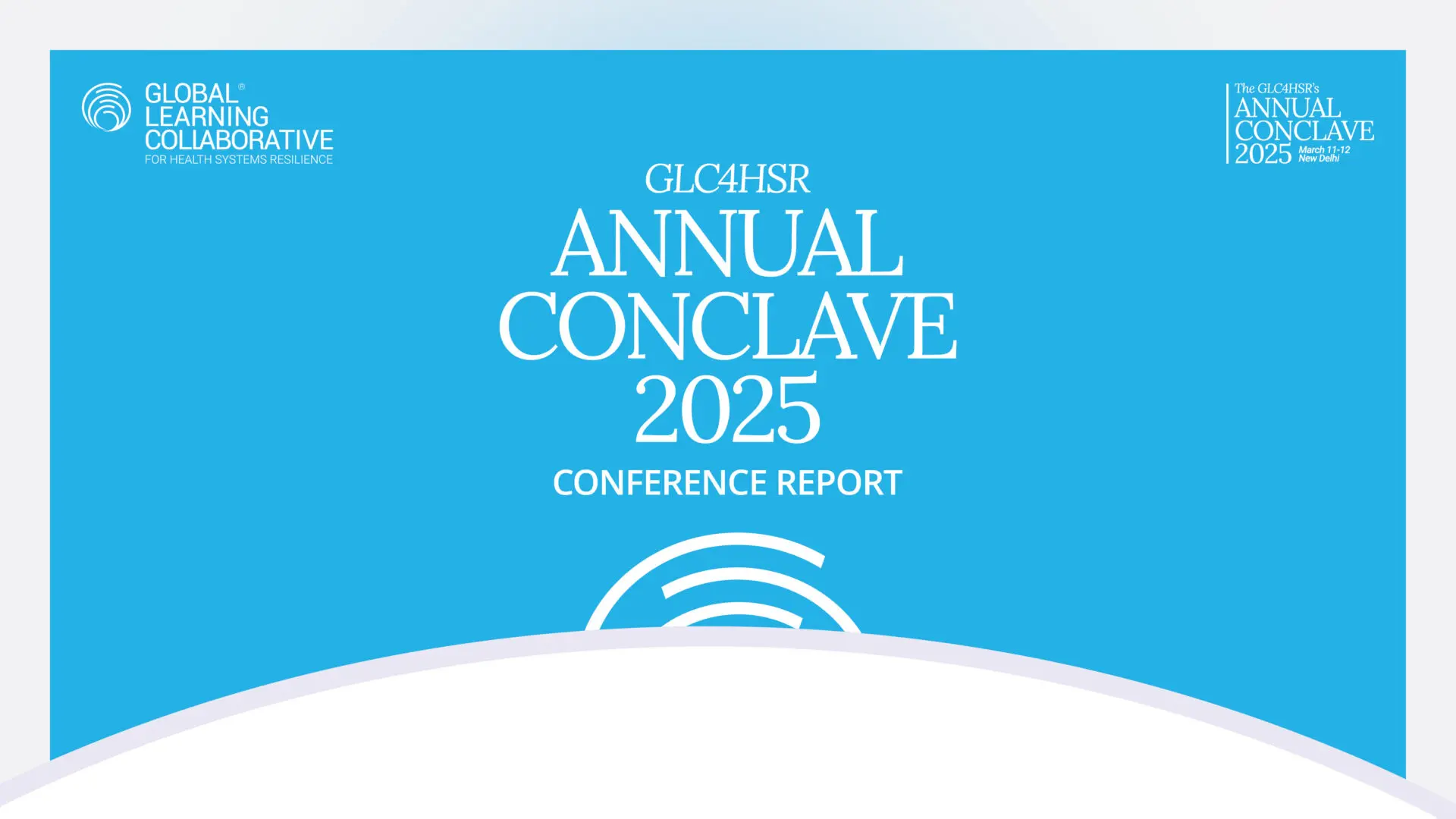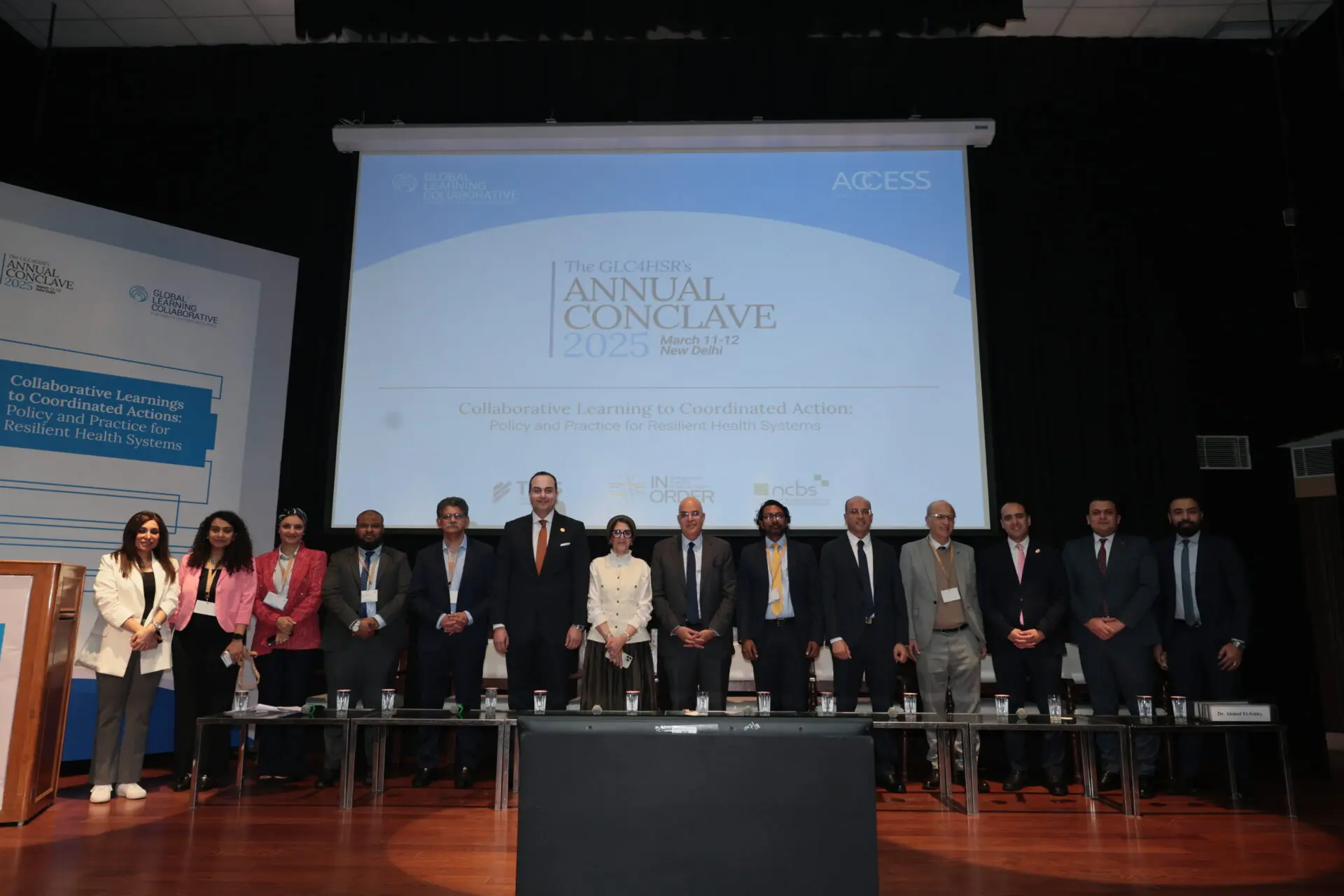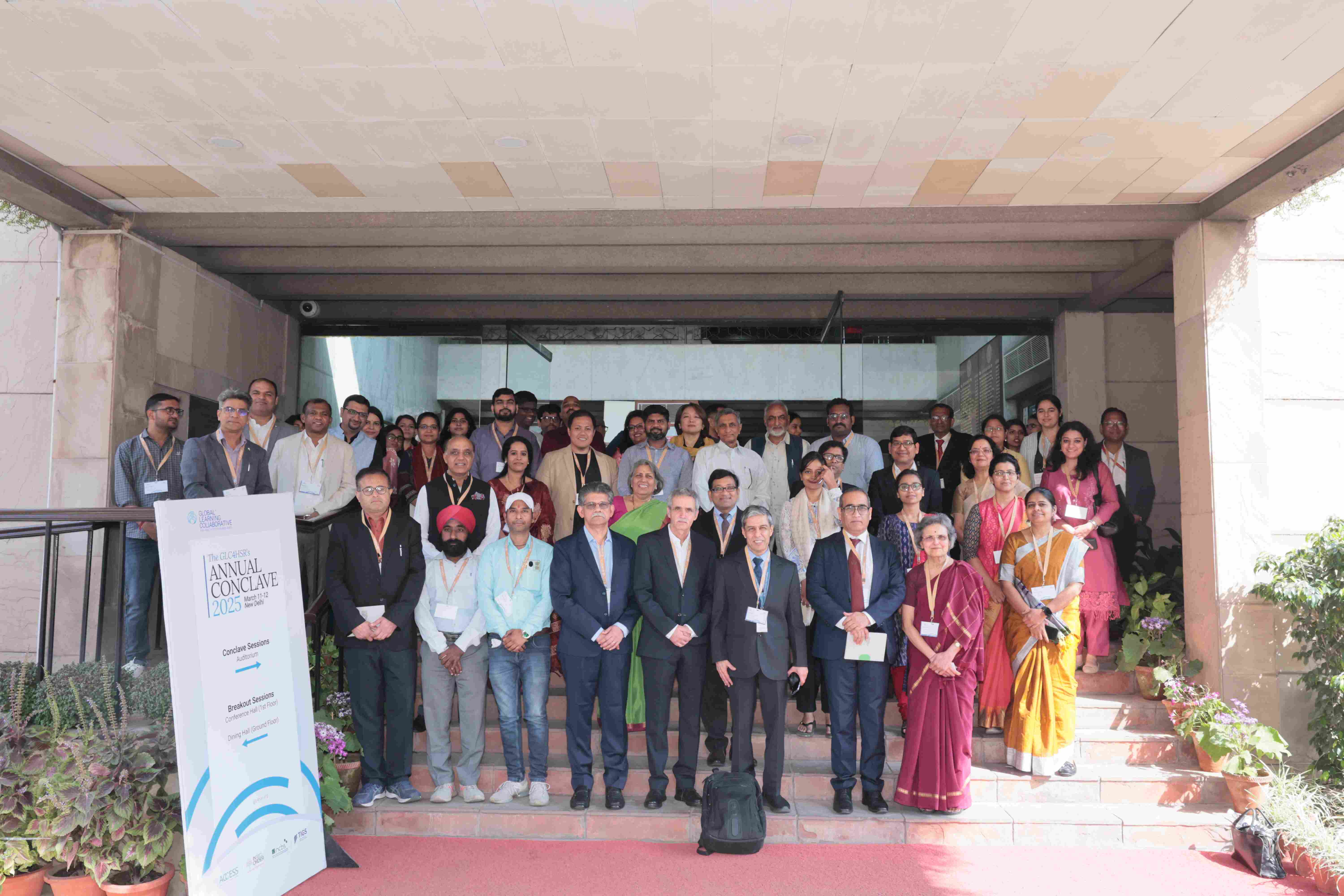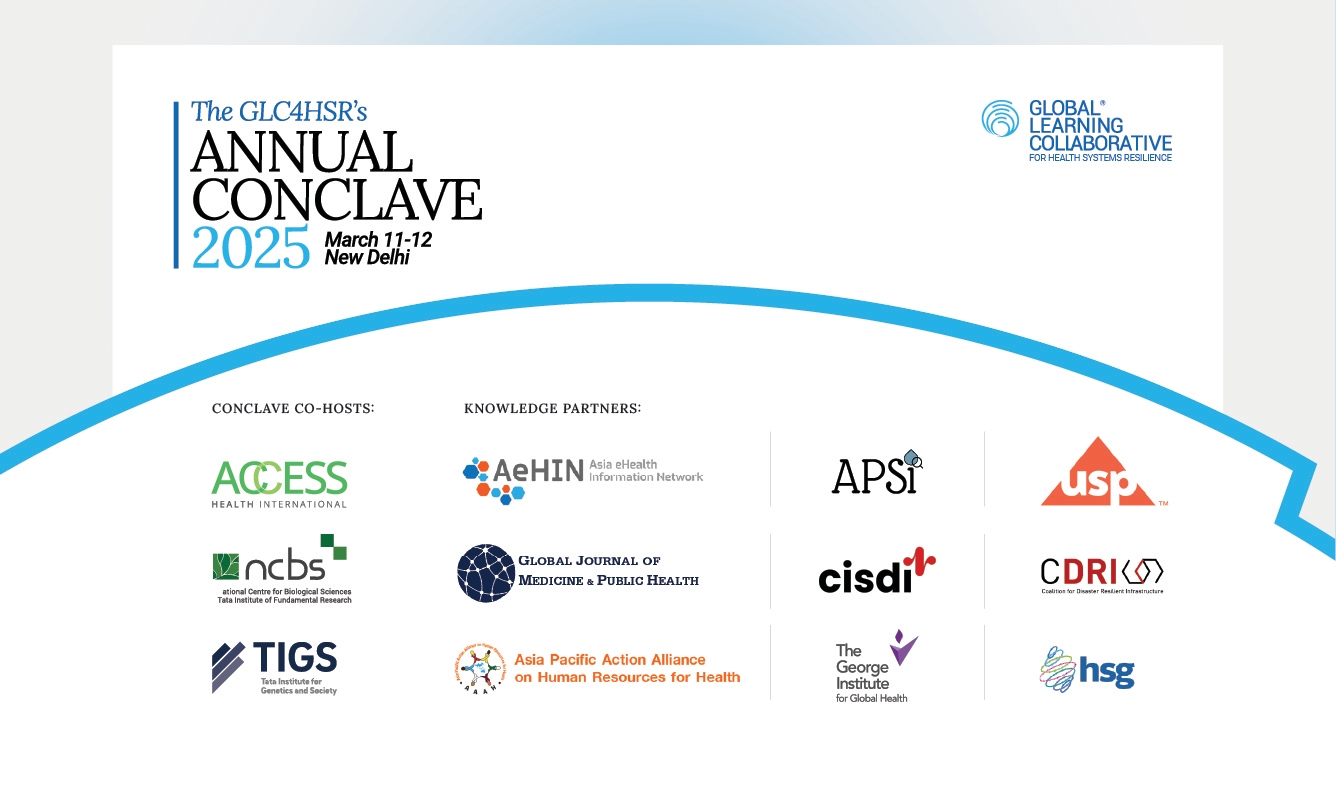Community Engagement as a Driver of Health Equity and Climate Resilience
Opinion Pieces ▪ Apr 26, 2024
Authors: Ahana Singh, Sudharma Dwadasi (ACCESS Health International)
Climate change is not merely a distant spectre; it is a pressing reality reshaping the landscape of public health, particularly at the community level. Beyond the familiar narrative of rising seas and vanishing ice caps, the intricate interplay between climate change and health poses profound challenges.
In rural and interior communities across India, access to healthcare information and services remains a significant challenge, leading to inadequate awareness of prevalent health conditions and preventive measures. Recent data highlights the stark disparities between urban and rural areas, with rural populations often lacking access to basic healthcare infrastructure and resources.[1] Compounded by limited education and socioeconomic constraints, this lack of awareness contributes to the prevalence of preventable diseases and hampers efforts to improve health outcomes. More so, the impact of climate change on health isn't equally distributed and is acutely felt by vulnerable communities. Low-income communities, people of colour, and those with pre-existing health conditions often bear the brunt of the burden. Addressing these disparities requires targeted interventions that prioritize health education, increase accessibility to healthcare services, and empower communities to take control of their health and well-being.
Urgent Climate Realities: The Ripple Effect of a Warming World
Extreme weather events may emerge as the foremost global risk in the coming decade, with profound implications for global health, as indicated by a recent report from the World Economic Forum and Oliver Wyman.
Looking ahead to 2050, urgent climate challenges confront us. Floods are poised as the most immediate threat, with projections foreseeing up to 8.5 million lives at risk by then. Droughts follow closely behind, potentially claiming 3.2 million lives by mid-century due to prolonged periods of minimal rainfall. Moreover, heat waves are anticipated to inflict a staggering economic toll of $7.1 trillion by 2050. The rapid pace of change, akin to the swift adoption of mobile phones in 2000, underscores the need for immediate action. As we approach the midpoint between 2000 and 2050, the urgency to address these climate threats grows more critical. 2050 is closer than we think, demanding swift and decisive action to secure our future.
- Extreme Weather: Heatwaves, droughts, floods, and wildfires are becoming more frequent and intense. These events can directly cause death and injuries, disrupt access to clean water and sanitation, and displace communities. For instance, in 2003, a brutal heatwave in Europe claimed over 70,000 lives, disproportionately impacting elderly populations in urban areas with limited access to air conditioning. Floods like the 2010 floods in Pakistan, which submerged one-fifth of the country, contaminate water sources, increase the risk of waterborne diseases, and displace millions, often forcing them into crowded shelters with inadequate sanitation facilities.
- Air Quality: Rising temperatures and changing weather patterns can worsen air quality. Increased wildfires and smog lead to respiratory problems like asthma and chronic obstructive pulmonary disease (COPD). Additionally, rising pollen counts due to longer growing seasons can trigger allergies for many. For instance, communities in California's Central Valley, a region already burdened with high air pollution from agriculture and traffic, experience worsening air quality due to wildfires, further straining healthcare systems and disproportionately impacting farmworker communities.
- Food and Water Security: Climate change disrupts agricultural patterns, impacting food production and access. Droughts can lead to crop failures, while floods can contaminate farmland. This can cause malnutrition, particularly among vulnerable populations like children and pregnant women. Additionally, rising sea levels threaten freshwater sources with saltwater intrusion. In island nations like Kiribati, saltwater intrusion is already contaminating freshwater wells, forcing residents to rely on rainwater harvesting or expensive desalination plants, placing a strain on limited resources.
- Disease Burden: Climate change alters the geographic distribution of vector-borne diseases like malaria, dengue fever, and Lyme disease. As temperatures rise, mosquitoes and ticks expand their range, putting more people at risk. Additionally, warmer temperatures can accelerate the spread of waterborne diseases and foodborne illnesses. For instance, communities in the Arctic are experiencing rising rates of Lyme disease as the geographic range of infected ticks expands due to a warming climate.
Health Literacy as a Means to Drive Community Engagement towards Climate Resilience
Communities play a vital role in achieving better health outcomes amidst the challenges of climate change. Through active engagement and collaboration, communities can develop strategies to adapt to changing environmental conditions and mitigate risks to public health. This approach not only empowers marginalized communities to advocate for their health needs, but facilitates the erosion of structural inequalities and promotes social justice in healthcare. Diverse traditional and indigenous practices within communities offer valuable insights and solutions for addressing health challenges exacerbated by climate change as well. Integrating these valuable practices into modern healthcare and climate adaptation strategies can lead to more holistic and effective approaches to addressing health challenges.
In today's rapidly evolving landscape, the importance of health literacy and community engagement cannot be overstated. At the heart of effective healthcare delivery lies a robust partnership between health bodies—comprising hospitals, clinics, public health organizations, and other healthcare providers—and the communities they serve. As primary providers of healthcare services, health bodies have a responsibility to ensure that their services are accessible, culturally sensitive, and responsive to community needs. However, engaging with diverse communities can pose challenges, including language barriers, cultural differences, and mistrust of healthcare institutions. This partnership is built on principles of inclusivity, empowerment, and collaboration, all aimed at improving health outcomes and promoting health equity.
To address these challenges, health bodies must adopt strategies such as community outreach programs, culturally competent care, and partnerships with community-based organizations
From targeted outreach programs to grassroots advocacy efforts, community engagement initiatives have the potential to transform healthcare delivery.In the face of these challenges, health literacy becomes a critical tool for building community resilience. Here's how:
- Understanding Risks: With a good understanding of climate-related health threats, individuals can take preventive measures. This includes staying informed about heat advisories, knowing how to create a home emergency plan, and being aware of the symptoms of heatstroke and other climate-related illnesses.
- Making Informed Decisions: Health literacy empowers individuals to make informed decisions about their health. This can involve adopting healthy habits like staying hydrated during hot weather or using air filters during high-pollution days. Additionally, individuals can advocate for policies that promote sustainable practices and reduce greenhouse gas emissions.
- Building Community Action: Health literacy fosters communication and collaboration within communities. Communities can work together to develop heat action plans, improve access to clean water and sanitation, and advocate for climate-resilient infrastructure.
Investing in Health Literacy
Investing in health literacy programs is crucial for building healthy and resilient communities in the face of climate change. These programs can:
- Provide educational resources on climate-related health risks and preventive measures.
- Train community health workers to educate and empower individuals.
- Utilize culturally appropriate communication strategies to reach diverse populations.
Recommendations to increase effective community engagement:
To enhance the efficacy of climate and health literacy delivery, one has to invariably consider the effectiveness of community engagement in addressing climate change’s impact on health, incorporating proven tools and models from reputable organisations that may prove invaluable. Once such resource is the Community Health Worker (CHW) model, championed by organisations like World Health Organisation (WHO). The CHW model involves training individuals from within the community to serve as liaisons between healthcare providers and community members. These trained individuals, often selected for their cultural competence and familiarity with community dynamics, play a crucial role in delivering health education, promoting preventive measures, and facilitating access to healthcare services. Another tool is the Participatory Learning and Action (PLA) approach that involves actively engaging communities in identifying health priorities, developing solutions and implementing interventions. PLA often involves facilitating community-led discussions, participatory decision-making processes, and capacity-building activities to address health challenges.
In the context of climate change, CHWs can serve as trusted sources of information on climate-related health risks and adaptation strategies tailored to the community's specific needs. They can engage community members in discussions about climate resilience, disseminate practical guidance on staying safe during extreme weather events, and mobilize collective action to address environmental challenges.
These models and approaches vary in their scope, implementation strategies, and outcomes, but they share a common emphasis on empowering communities, promoting local participation, and addressing the underlying social determinants of health in low-resource settings.
Some Key Takeaways
- Facilitate Networking and Knowledge Sharing: Encourage beneficiaries to connect with one another, fostering opportunities to exchange best practices and lessons learned from community engagement initiatives.
- Establish Feedback Mechanisms: Establish feedback loops between frontline health workers and organizations. Beyond conducting surveys and focus groups, ensure regular communication of results and decisions, facilitating on-going dialogue to enhance community engagement and project outcomes.
- Address Barriers to Engagement: Recognize and address persistent barriers to community engagement, such as funding constraints, low trust, and time constraints. Assist frontline workers, health officers in developing innovative strategies to overcome these challenges and foster meaningful engagement.
- Provide Technical Assistance and Training: Offer ongoing technical assistance and training opportunities to community-based organizations and partners of the health officers. This approach promotes peer learning, strengthens community engagement networks, and encourages a culture shift towards greater local involvement and ownership.
As communities become more informed and empowered, they contribute to a resilient health system that is better equipped to address the diverse needs and challenges faced by its members. By working hand in hand with communities, health bodies, and policymakers, we can build a future where health equity and climate resilience converge, ensuring that no one is left.
[1] NSSO Report on Household Social Consumption: Health (January–June 2014), available at: http://mospi.nic.in/sites/default/files/publication_reports/nss_rep574.pdf
Annual Health Survey Bulletin 2012-13, available at: https://nhm.gov.in/images/pdf/publication/AHS%20Bulletin%202012-13.pdf


